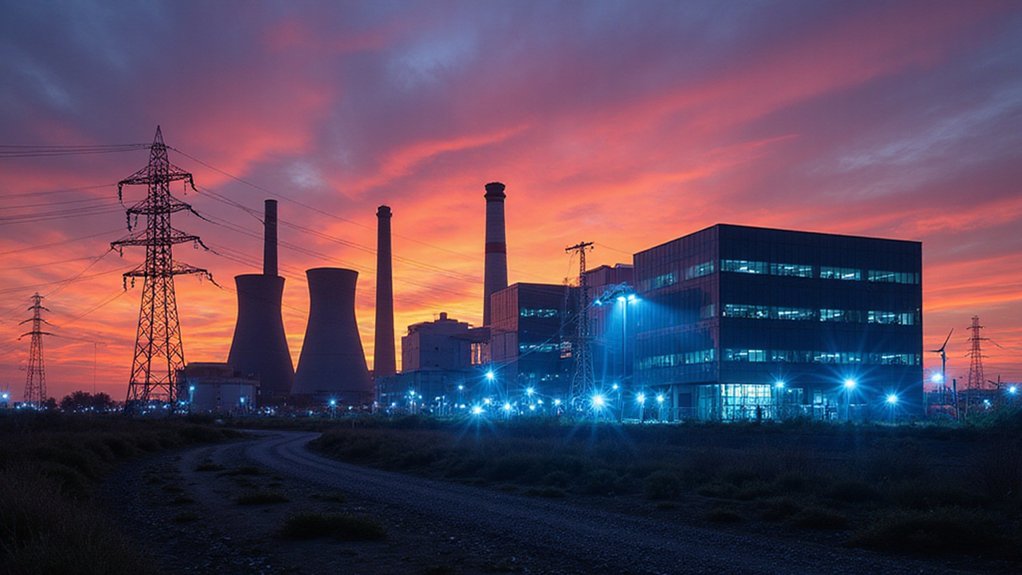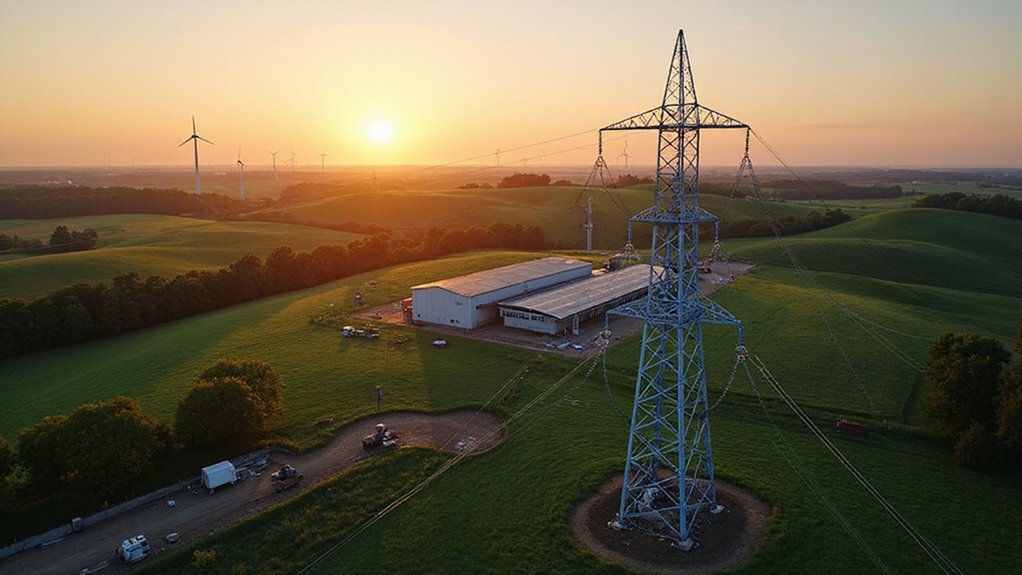Crude oil prices have plummeted below $60, hitting a four-year low as trade war tensions escalate between the US and China. Markets reacted violently to Beijing’s retaliatory measures against American tariffs. The timing couldn’t be worse—OPEC+ just boosted production by 411,000 barrels daily, flooding markets already drowning in supply. With economists pegging recession odds at 53%, energy traders are sweating bullets. The perfect storm of politics and oversupply spells trouble ahead.
Oil markets plunged into chaos this week as crude prices nosedived over 7.5% following recent tariff announcements. US crude hit $66.25 per barrel while Brent futures crashed to a depressing $62.52—a four-year low that has energy traders reaching for the antacids. The culprit? Those pesky tariffs everyone keeps talking about.
The US-China trade war is back with a vengeance. Beijing’s promise to retaliate against US tariffs has investors sweating bullets. Markets hate uncertainty, and right now there’s plenty to go around. Trade wars and oil prices mix about as well as water and electricity.
Let’s be honest—this isn’t just about tariffs. OPEC+ picked a terrible time to announce increased production. After years of carefully restricting output to prop up prices, they’re suddenly flooding the market with 411,000 barrels per day more than expected. Talk about bad timing.
More supply plus shrinking demand equals disaster for oil prices.
Recession fears are through the roof. Economists now peg the chances of a US downturn at 53%—basically a coin flip. That has everyone wondering when the Federal Reserve might swoop in to save the day. Don’t hold your breath.
The ripple effects are hitting US shale producers where it hurts. Drilling becomes a lot less sexy when prices tank. Trump’s “Drill, Baby, Drill” agenda might need a reality check. Those Tier 1 shale spots aren’t exactly abundant anymore, and financial discipline is suddenly all the rage.
Global economic indicators aren’t helping. Industrial production is slowing, GDP forecasts are getting slashed, and energy stocks are in freefall. Meanwhile, industry methane emissions running at 8x higher than their own targets continue to create hidden costs for producers. After Monday’s 3% drop, analysts are warning that West Texas Intermediate crude could plummet to as low as $50 if market declines continue. Investors are turning bearish faster than you can say “oversupply.”
The bitter irony? These tariffs meant to strengthen economies might actually trigger higher inflation and stunt growth. Energy-dependent industries will feel the squeeze, passing costs to consumers who are already stretched thin.
For now, oil prices remain at the mercy of political posturing and economic uncertainty.









